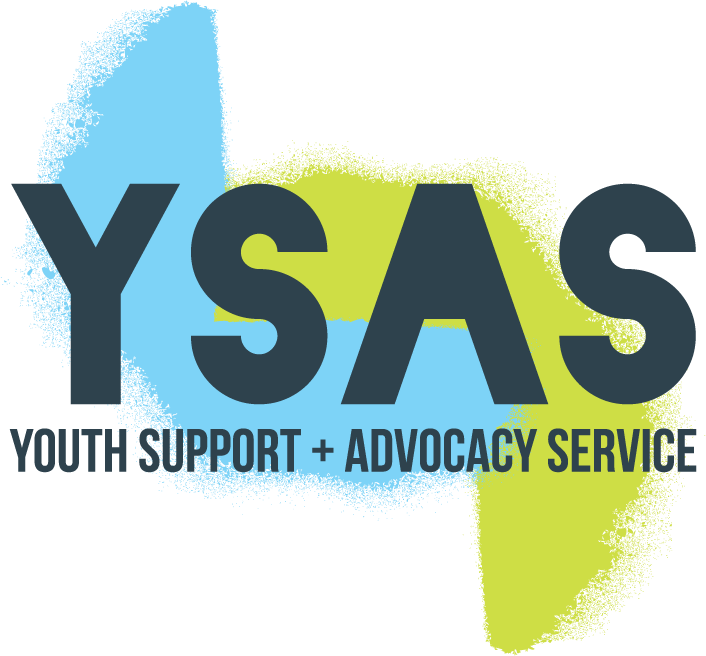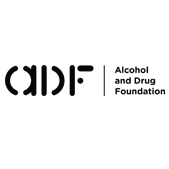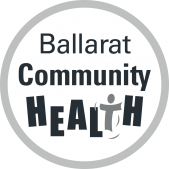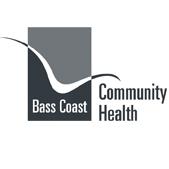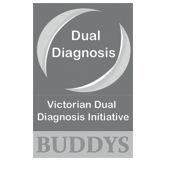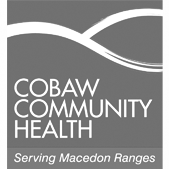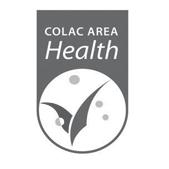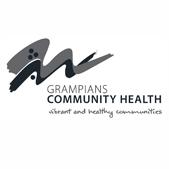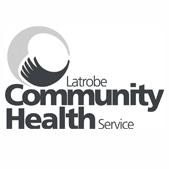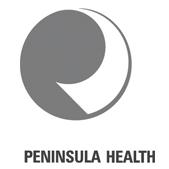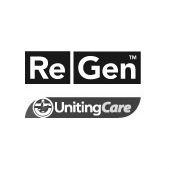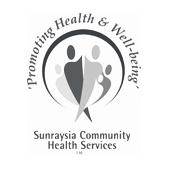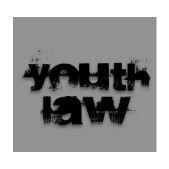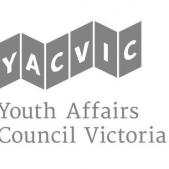Youth AOD Work
Harm Reduction
For Youth AOD work to be effective it must be philosophically aligned to Harm Reduction.
Harm reduction has been central to Australia’s National Drug strategy since 1985. For Youth AOD work to be effective it must be philosophically aligned to Harm Reduction.
Harm Reduction focuses on limiting or minimising the negative effects of substance use on young people, their families, peers and communities without necessarily seeking abstinence or a reduction in use. Of course this does not mean that a harm reduction approach opposes a reduction in use or abstinence or that these are mutually exclusive from harm reduction. Rather the desired outcome of harm reduction is one related to health and wellbeing and the prevention of harm rather than the prevention of substance use itself.
Even though, philosophically, a Harm Reduction approach seems obvious, in the practice of Youth AOD work workers often have to navigate tensions where (especially for very young people) a workers duty of care and a young person’s right to be protected are balanced with a young person’s right to autonomy and to make decisions for themselves.
Regardless of these tensions a harm reduction approach understands that young people have a right to receive services whether or not they choose to or can, abstain from or reduce their substance use.
For more information about Harm Reduction, IHRA's briefing may be useful.
Information on Harm Reduction and the underpinning values of Youth AOD work can also be found in the YouthAOD toolbox.




